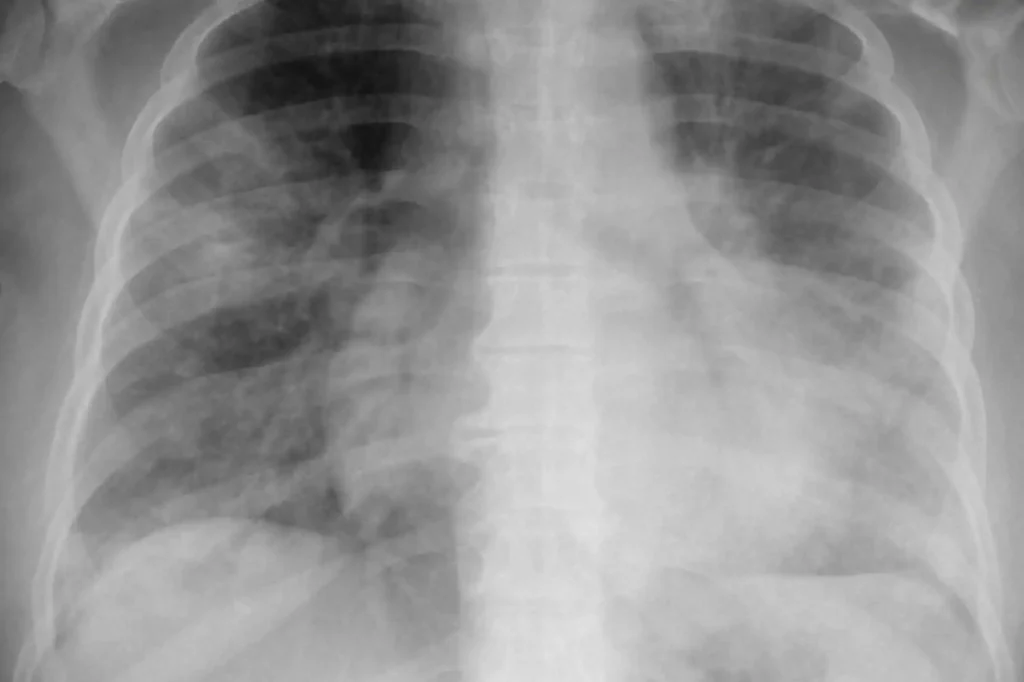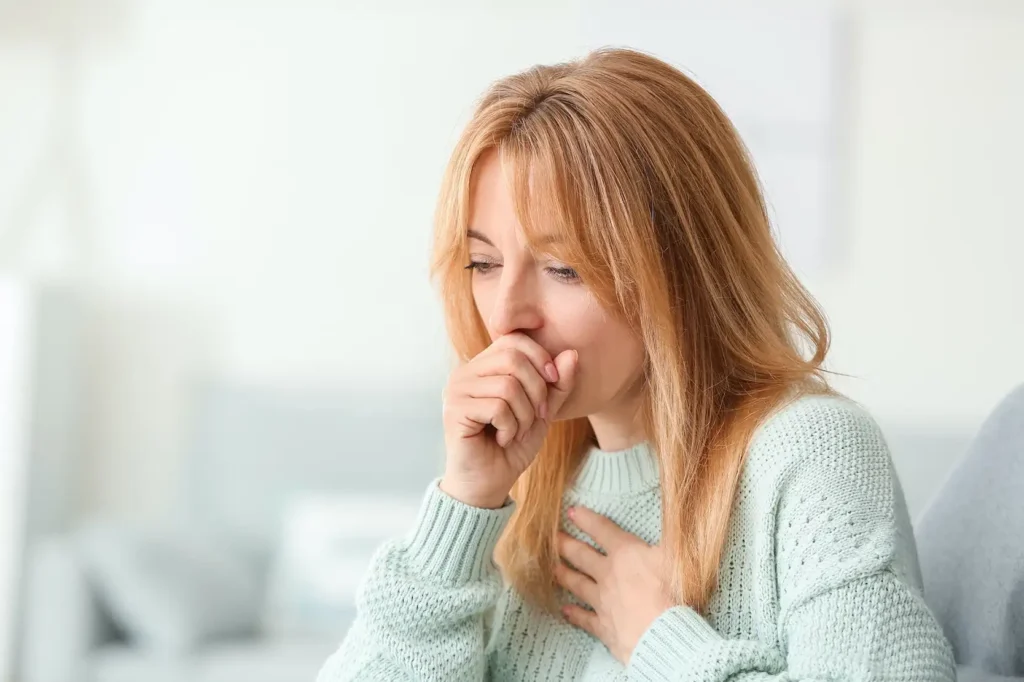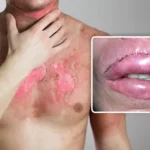You’ll learn how aerosolized droplets from showers, cooling towers, and hot tubs increase risks, plus prevention strategies to reduce bacterial growth. Backed by expertise and real-world knowledge, this guide provides clear, trustworthy information for individuals, travelers, healthcare providers, and building managers who want to understand and prevent the spread of Legionnaires disease.
Introduction to How Is Legionnaires Disease Spread:
Legionnaires disease is spread by inhaling tiny water droplets or mist that contain the Legionella bacteria it does not spread from person to person.
If you’ve ever wondered how people actually “catch” Legionnaires disease, you’re not alone. As someone who has studied infectious diseases and dealt with cases in healthcare and building environments, I can tell you it’s often misunderstood. Many think it spreads like the flu, but the truth is far different it’s tied to contaminated water systems, not coughing or sneezing.
In this guide, I’ll explain in detail how Legionnaires disease spreads, the environments that increase the risk, and why prevention is so important in places like hospitals, hotels, and large buildings. This way, you’ll not only understand the cause but also know the right precautions to take if you manage or visit facilities where outbreaks could occur.
Short-term plans are affordable but may lack comprehensive benefits like preventive care or maternity coverage.
- Advertisement -
What Causes Legionnaires Disease to Spread:
Legionnaires disease is caused by a bacterium called Legionella pneumophila. This bacterium thrives in warm, stagnant water environments. Unlike viral infections that spread through human contact, Legionella enters the body when someone breathes in aerosolized water droplets containing the bacteria.
Think about showers, cooling towers, decorative fountains, hot tubs, or even large plumbing systems – all of these can harbor Legionella if water is not properly treated. When water sprays into tiny airborne droplets, people nearby may inhale them and become infected. The higher the bacteria levels in the system, the greater the risk.
This is why outbreaks often occur in facilities with complex water systems, such as hospitals, nursing homes, hotels, or large office buildings, where water can stagnate and allow bacteria to multiply.

The Role of Aerosolized Water Droplets:
The key factor in the spread of Legionnaires disease is aerosolization. This happens when water turns into a fine mist or spray. For example, the steam from a hot shower, the bubbling of a spa, or even a decorative fountain can release these droplets into the air.
When a person breathes in this mist, the bacteria can enter the lungs and cause infection. Importantly, simply drinking water with Legionella doesn’t usually make you sick the bacteria must reach the lungs. In rare cases, aspiration (water going “down the wrong pipe” into the lungs while drinking) may cause infection, but inhalation is the primary route.
Understanding this mechanism is critical for prevention: it’s not about avoiding drinking water but about controlling environments where mist is produced.
Why Certain Environments Are Riskier:
This is why large buildings with complex water systems are more vulnerable than small homes. Cooling towers in air-conditioning systems, hospital plumbing, hotel water tanks, and hot tubs are the most common culprits in outbreaks.
Hospitals and long-term care facilities are especially high-risk because patients often have weakened immune systems, making them more likely to develop severe pneumonia if exposed.
Not all water sources pose a risk. Legionella tends to grow in specific conditions:
- Warm water temperatures (77–113°F / 25–45°C) – perfect for bacterial growth.
- Stagnant or low-flow water systems – where bacteria have time to multiply.
- Scale, sediment, and biofilm buildup – protective layers where bacteria hide.
Is Legionnaires Disease Contagious:
One of the biggest misconceptions is that Legionnaires disease can spread directly between people. The truth: it is not contagious. You cannot catch it from someone coughing or sneezing, nor by sharing a room or utensils.
The only way to get sick is by inhaling contaminated water droplets. There has been only one extremely rare documented case of possible person-to-person spread, but it’s considered an exception, not the rule.
This fact is reassuring because it means family members or caregivers of a patient with Legionnaires disease are not at risk unless they are exposed to the same contaminated water source.
Legionnaires disease nyc symptoms:
Here are Some common symptoms of Legionnaires’ disease (a serious type of pneumonia caused by Legionella bacteria), as reported in New York City and elsewhere.
- High fever (often 102°F / 39°C or higher)
- Chills and muscle aches
- Cough (can be dry or produce mucus/blood)
- Shortness of breath / difficulty breathing
- Chest pain when breathing or coughing
- Headache
- Fatigue and weakness
- Nausea, vomiting, or diarrhea
- Confusion, disorientation, or mental changes (especially in older adults)
- Loss of appetite
How to Prevent Legionnaires Disease from Spreading:
Prevention is mainly about water system management. Large facilities must take responsibility for monitoring and maintaining their water systems to reduce Legionella growth. For individuals, prevention comes down to awareness. If you’re traveling or visiting healthcare facilities, make sure the environment follows proper water safety guidelines. For businesses, a strong water management program is the best defense against outbreaks. This includes:
- Regularly disinfecting and cleaning cooling towers, hot tubs, and plumbing systems.
- Keeping water temperatures outside the “Legionella growth zone.”
- Flushing unused or stagnant water lines.
- Using biocides or other water treatments when necessary.
FAQ
Most frequent questions and answers
No. It spreads through inhaled contaminated water droplets, not from human contact.
Drinking usually doesn’t cause illness, but if water goes into your lungs (aspiration), infection may occur.
Outbreaks usually occur in hospitals, hotels, nursing homes, or large buildings with poorly maintained water systems.
Conclusion:
Understanding how is Legionnaires disease spread is key to protecting yourself and others from this serious infection. Since it’s caused by inhaling contaminated water droplets, not from person-to-person contact, the real focus should be on maintaining safe water systems in buildings, hospitals, and hotels. By controlling water temperature, preventing stagnation, and ensuring regular disinfection, outbreaks can be avoided. Awareness is the best defense knowing the source of risk helps you take the right precautions and stay safe.








